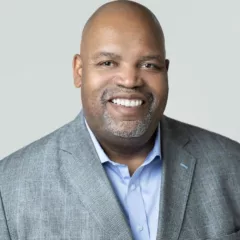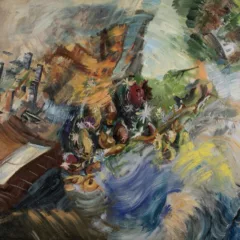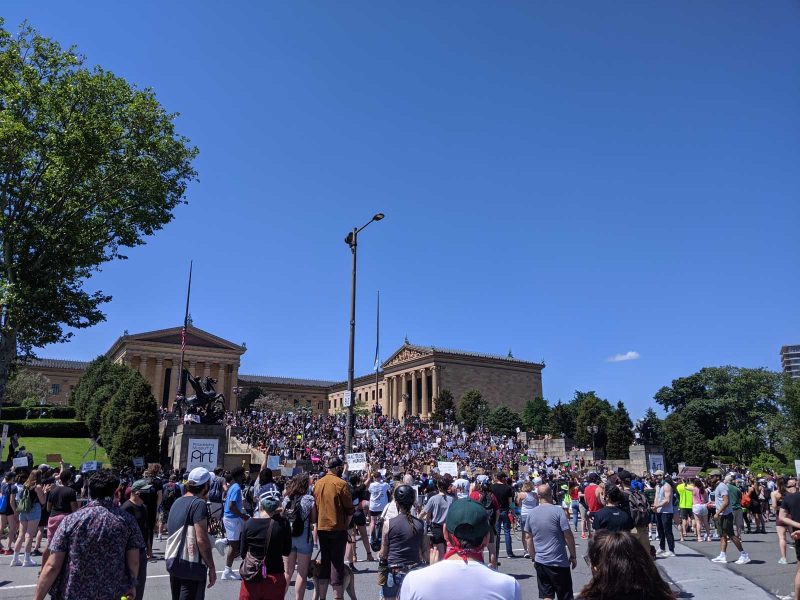
Dearest Artblog readers,
We are thrilled to present to you two firsts: our first long-form essay co-written by Morgan and Roberta, and our first audio article! You heard us right- if you aren’t in the mood to read something long today, you can listen to Roberta recite this essay in her soothing voice. Today, we cover value: Why is art undervalued in America? Well, maybe it would be valued if it were accessible, prioritized in our educational system, and inclusive.
You can listen to “How do we value art?” on Apple Podcasts and Spotify. And thank you AGAIN Kyle McKay (our podcast music composer) for writing our brand new audio article intro and outro!
How do we value art?
Our value system in America is blurry. What do we value? Money certainly, and for some that is the most important. We’ve all heard the phrase “time is money,” (and we have plastic surgeons and the beauty industry devoted to keeping our youthful glow), so we can say we value time. We seem to value skill, at least when it comes to medicine, law, sports, or acting. We say we value knowledge but maybe we actually value expertise. Experts save us time, after all. America has certainly made itself clear about one thing: it doesn’t value art.
Needed: a more holistic approach to art including both object and maker
Art is irrefutably valuable when used as an indicator of wealth, a status symbol, or when it can be resold at a profit. However, we do not value artists for their time, skills, knowledge, or expertise. Time: if paid by the hour, a graphic designer who is efficient is punished. Skills: artists are expected to maintain a day job and pursue their art career in the evenings and weekends. Expertise: you will not see an art expert on the news; people think they know enough about art already (abstract art? my kid could paint that).
If art is an area of time, skill, and expertise, it ticks off three value boxes. So why does art not come to mind when we ask most people what they value? One huge reason art is not valued is because it is not accessible. It is treated not as a part of life, but as a non-essential feature of life, reserved for the few, but not for everyone. Art can and should be for everyone. By not valuing artists, we devalue art. Art encompasses both maker and object.
We argue that art is of great societal value, and that by demystifying art through increased access and integration into our educational system, art can be elevated in our topsy turvy value system and adopted as a holistic practice that benefits not only artists and arts educators, but our entire society.
What is art?
Art is thinking critically and rethinking systems and breaking rules. That is art’s value. It is a system that changes and adapts and allows anyone to participate in shaping it. It is democratic. Art is not a narrow field of study, it is a response to the human need for beauty, order, community. It’s not too strong to say that art is a human need. It doesn’t die, it changes.
If you randomly selected a group of people on the street and asked them to define art, you wouldn’t reach one universally agreed upon answer. Artists cannot even agree on a definition, in part because art is complex — it’s a system of thinking and a practice of making as well and it is always in the state of being redefined. What is seen as art today would have been rejected 100 years ago.
A phrase that we hear too often is “I can’t draw,” which is a self-dismissive comment but also a value statement about art. The unsaid corollary is “And I don’t understand art.” Drawing is not the definition of art, and the common understanding that drawing is art creates a barrier that prevents many from accepting art as anything other than the means for a pretty picture. But art is a practice of life.
The roles of teachers, lawyers, actors, are clear, but who are artists, what do they do? This inability to define what artists are and do creates a devaluing of the artists and a kind of misty demonization or in some cases glorification of these unknowable people. It also dismisses the art made by the demonized people and allows the value of art to be considered only in monetary terms. If you have little knowledge of art, there is no context in which to value it, other than money. If the news says a Van Gogh painting sells for $125 million, people know that’s a valuable piece of art. But that doesn’t connect with their lives and is pretty meaningless information except for Quizzo.
Here is a meaningful example of art that does not require the ability to draw: art can be a community project, like Project Row Houses. Not only does PRH employ and provide opportunities for artists in Houston, it also runs The Young Mother Residential Program which provides housing to young mothers and their children so that the mothers can go back to school. Art can be an invitation to cook together, like Shreshth Khilani’s Immigrant Kitchen. Artblog itself is an art project. Projects such as these are a testament to art’s ethos: art exists to challenge norms, pose questions, and propose positive change.
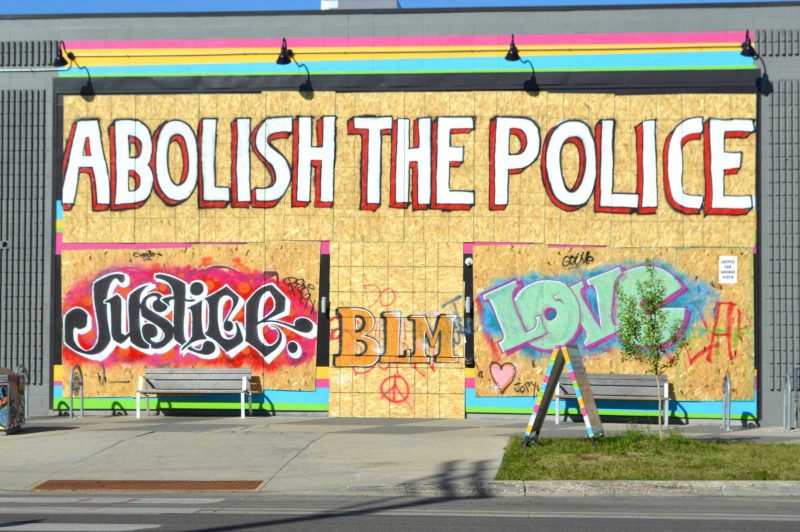
STEM AND STEAM
It is no wonder though, that when art is seen as a talent or ability rather than a way of life based on critical thinking, community and beauty, that time and time again, art is the first thing to be cut from underfunded public schools. The arts are categorized as superfluous and not worthy of tax dollars. These funding decisions disproportionately affect poor people, marginalized people, and those who attend public schools, fueling the idea that art is a privilege and not for everyone. The lack of art in schools impoverishes education and impoverishes society.
STEM was one nail in the coffin of art. It’s an easy sell to kill art programs in favor of Engineering, Math, Technology and Science. But even before STEM came along in 2001, we had the culture wars in the 1980s and 1990s, when Sen. Jesse Helms and the Republican and religious right went after the NEA and gutted its budget for having given grants to artists like Andres Serrano, Karen Finley and others who made what the conservatives believed to be sacrilegious or profane art. That was not the first and it wouldn’t be the last time art was de-listed as a public good, something valued.
Philadelphia Arts in Education Partnership (PAEP)’s STEAM program is an effort to reintroduce the arts. But as an organization that relies on grants and operates after school and in the summer, they are destined to fail because they are not integrated into the educational foundation. They are a band-aid, plopping the “A” back in there, instead of a permanent fixture of the educational value system.
The academia feedback loop
And don’t get us started on art college. Why, you ask, if there is no art in most elementary and secondary schools, do colleges and universities teach art and award students degrees in Fine Art? Well, the answer is that some students want to study art. Some people actually feel bad when they don’t make art. They need to express themselves in ways that fulfill them that science, math, technology and engineering don’t. Art helps people express themselves – it fulfills a human need to communicate.
Art school is effective in teaching verbal communication: think critique, artist talks, art theory. This training makes BFAs uniquely qualified to solve problems that require creativity, flexibility, and thinking on your feet. BFAs can easily point out flaws and provide solutions. They excel at offering different perspectives. BFAs are a unique resource and should be employable everywhere to help with critical thinking and problem solving. They deserve more than barista jobs, which is what many fall into after graduation.
But art school itself is flawed. It is expensive and often cultivates an elitist and insular culture. And due to lack of employment opportunities for BFA graduates, many find themselves right back in academia (as MFA students, and then as professors). In her essay Work Ethic, Helen Molesworth points out this problem: “The rise of the MFA artist– an artist trained in large measure to become a teacher in MFA programs.” This is not a sustainable model. Postgraduate education is not affordable, and it’s not accessible, and it’s not diverse. We need to get out of this academia feedback loop and diversify undergraduate and graduate art education to provide opportunities for those who wouldn’t otherwise attend art school but want to. Check out Kemuel Benyehudah’s piece, “school to museum pipeline,” which is all about that, here.
While some are now rethinking the value of college education, which is priced so high it’s creating a generation of loan-enslaved graduates, we say the value of college lies in its ability to safely allow young adults to explore the world and grow into mature humans. And for that we believe access to a four-year college should be free, and all education past that should be affordable. While we’re at it- even though we believe in access to postgraduate education, we believe an MFA degree should never be a job requirement. This only services the business of art education and forces underemployed, overqualified BFAs into even more debt. BFAs deserve a living wage.
Getting art back into America’s value system and communities
We believe there should be full employment of artists after art school. Artists should be paid to impress upon others the skills of critical thinking, creative problem solving, and values of community. There should also be full employment in the non-profit sector, for artists to work with communities in programs like Americorps. This may seem outrageous to you in 2020, but under Lyndon Johnson in the 1970s, CETA employed more than 10,000 artists with living wages. This model is practiced today in the Berkshires through THE OFFICE’s program, Artists at Work (AAW). THE OFFICE’s Rachel Chanoff says the ultimate goal is to make AAW national and as expansive as the WPA.
Museums can address their lack of diversity, inclusion, and community enrichment initiatives by working with public schools and colleges to employ, mentor, and collaborate with artists of color and marginalized artists. Again, you should really check out Kemuel’s in-depth piece about this topic.
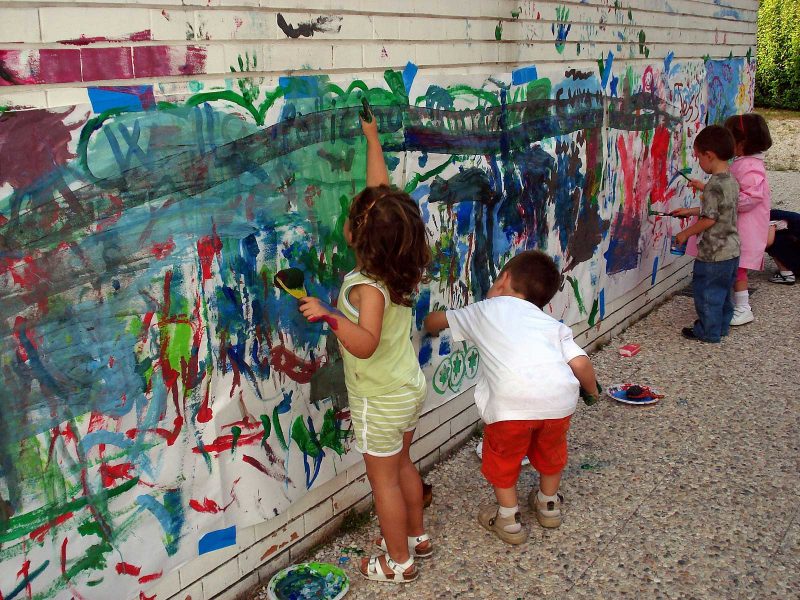
How have we tried to prove art’s value?
Data survey research by Greater Philadelphia Cultural Alliance and others has proven art’s value with dollar signs:
“Arts and culture is a $4.1 billion economic engine for Philadelphia…” That’s $4.1 billion in total economic impact, with 55,000 full-time equivalent job; $1.3 billion in household income; $224.3 million in state and local taxes. You would think that was demonstration enough of art’s value, but unfortunately that is not the case, as evident by the city’s decision to gouge the arts and culture budget (the Office of Arts Culture and the Creative Economy and the Philadelphia Cultural Fund, known as OACCE and PCF) earlier this year. Arguments about art as an economic power player don’t sell in political arenas where low hanging fruit (like OACCE and PCF) are easily cut when budgets need trimming.
How should we value art? Art’s value is its holistic value
We want to convey, with urgency, that art is a practice of life that has been undervalued through inaccurate stereotypes and narrow generalizations about its purpose. Like love, and faith, art is hydra-headed. It is not stagnant, it is understood through societal context and time. In other words, we found ourselves thinking about how to “redefine” art, but defining art is not the problem. Art needs a conceptual manicure. It should be rethought as a holistic practice that can be integrated into anyone’s lives, instead of as a club. We need to conceive of a way to introduce the value of art into peoples lives in a holistic way that begins with public education, right down to pre-kindergarten.
These are steps that can be taken immediately: Support art by supporting artists with your dollars: buy their work. Support art by celebrating artists — go to their studios (safely) and talk with them and learn about their art. Support art by starting to call yourself an artist! It doesn’t matter if you haven’t been to art school, or if you did but haven’t made anything since. It doesn’t matter if you think you’ve never made art. If you think critically, you are an artist. If you think visually, you are an artist. Do you knit? Do you crochet? Do you curate your living space or bookshelves? Do you enjoy food presentations, or tending to your garden? What color are the clothes you put on today? All of these actions– just to give you a short list of examples– are artistic. Finally, embrace the idea of art as a life practice. Say it: Art is not separate from life.
You can listen to “How do we value art?” on Apple Podcasts and Spotify. And thank you AGAIN Kyle McKay (our podcast music composer) for writing our brand new audio article intro and outro!



